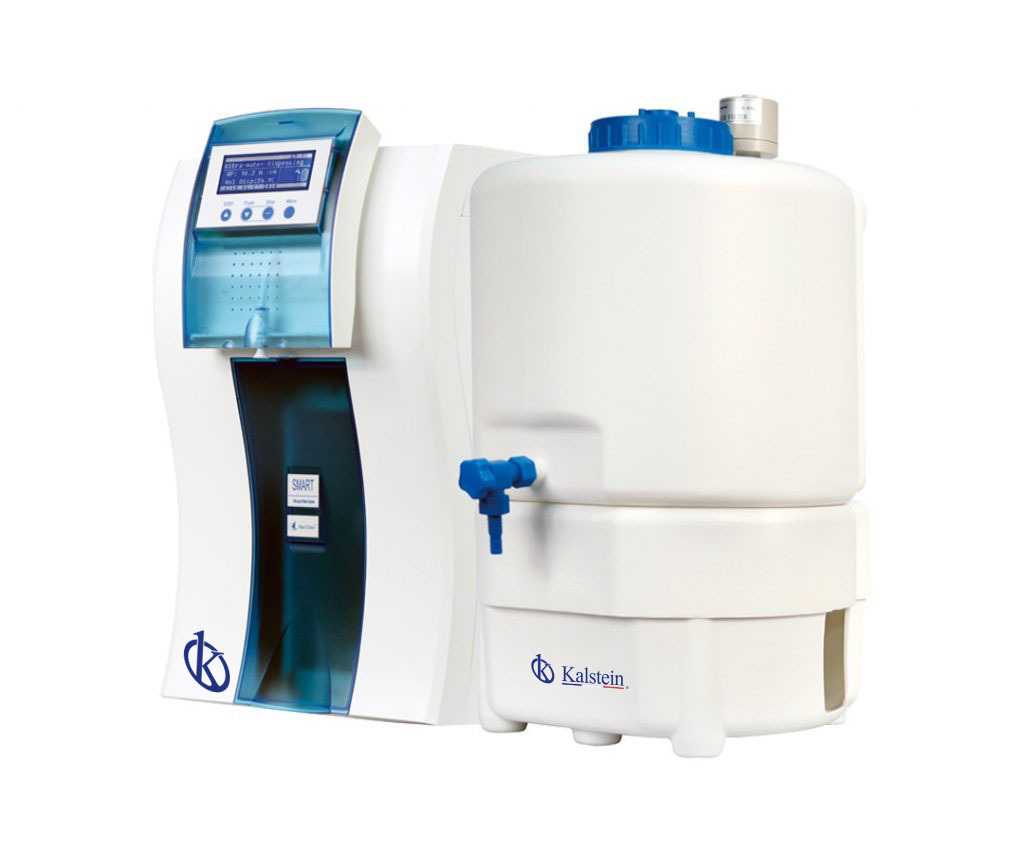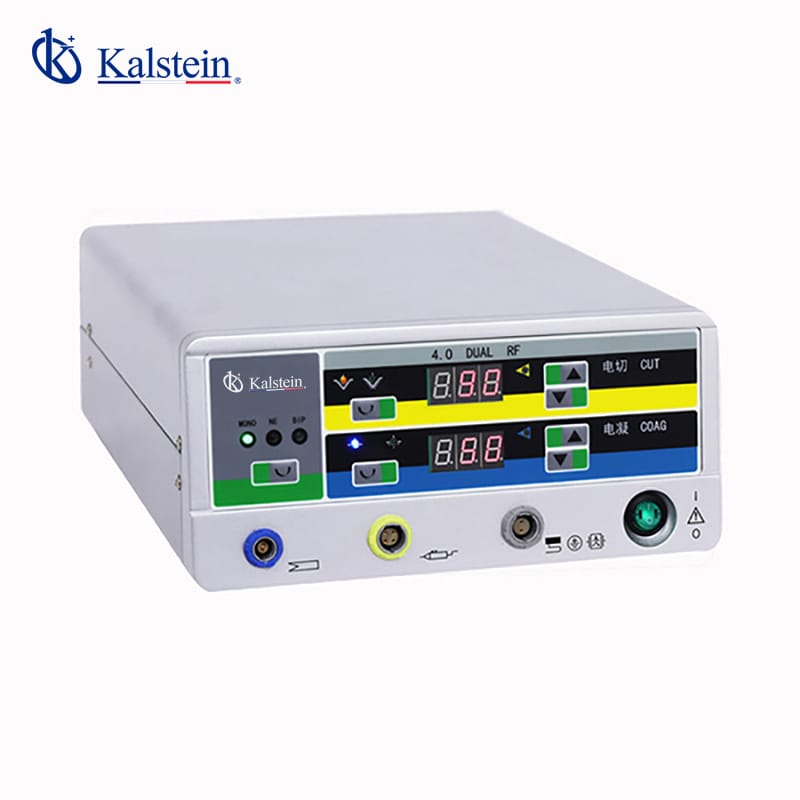It is a water purification technology in which a semi-permeable membrane is used. Where, the flow of pretreated water passes tangentially with respect to the surface of the same; while the permeate is extracted perpendicularly the water is separated from its almost total content of dissolved minerals, which are continuously swept from the surface and go to waste or recirculated with the help of a high pressure pump.
It is based on applying a pressure to overcome the osmotic pressure, a binding property driven by the chemical potential (thermodynamic characteristic of the water source). In the process, a high-pressure pumping system is usually applied to pass the flow through the membrane surface. The characteristics of water according to its function are regulated by different standards that establish references according to their applications, among these are the American Society for Testing and Materials (ASTM), British Standards Institution (BSI) and the International Organization for Standardization (ISO).
The use of reverse osmosis by different sectors for water treatment has been a great success. For example, it is often used in the pre-treatment system of wastewater reused for industrial purposes (oil, food, pharmacy, etc.). The importance of implementing this methodology lies in that the treated wastewater meets the quality standards to be reused in purposes such as feeding to boilers, heat exchangers, chillers, etc. This technology offers advantages such as low energy consumption and high rate of removal of pollutants, provides a perfect rejection of all impurities and for different pollutants.
Method for efficient pre-treatment of waste water
In the production of quality water for technical applications reverse osmosis is implemented as post-treated water. In order to use this technology, a microbiological pre-treatment is necessary as a precautionary measure, especially if working with muddy currents. Since the disinfection system depends on the type of material from which the membrane is made, the deposition of suspended solids increases the risk that these are colonized by microorganisms. In addition, the pre-treatment system should include sediment control devices, which depend on the mineral composition of the waste water source; an activated carbon filter to decrease the loads of substances (organic and inorganic solvents), which may be dissolved in the flow; and decalcifiers that decrease water hardness.
Reverse osmosis membranes have a narrow pore structure (less than 0.0001 microns) that effectively removes up to 99% of all contaminants and impurities. This technology is able to remove up to 99% dissolved particles, colloids, organic matter, bacteria, viruses, pyrogens/pathogens from the feed water. However, it is necessary to find an optimal configuration of the physical chemical treatment unit used for the operation of each type of effluent, ideally membranes should only receive water with dissolved matter.
Features to consider for process design
For the design of a wastewater pretreatment system by reverse osmosis, certain characteristics of the process must be considered:
- The type of membrane to choose: they are usually cellulose acetate and an aromatic polyamide.
- Membrane set configuration: The one- or two-step membrane scheme is usually used.
- Pumping: The use of pump drives between stages of this depends on the flow rates.
- Recoveries: account should be taken of the recirculated flow and the disposition of the remaining sediments
- Fouling control chemicals: a solvent injection system can be used to dissolve organic matter.
- Membrane cleaning strategies and biological control methods: this is of great importance because membrane fouling control extends its useful life.
- Energy consumption: the variability of waste water can greatly affect the expected energy consumption for treatment.
In KALSTEIN we have different purification systems that fit the user’s requirements. Our equipment has an integrated control system that allows monitoring the conductivity of water, has a temperature compensation system and a leak sensor. If you require information for PURCHASE or SALE contact us. Find out more about the different types of systems Kalstein has to offer you. Visit our catalog HERE




